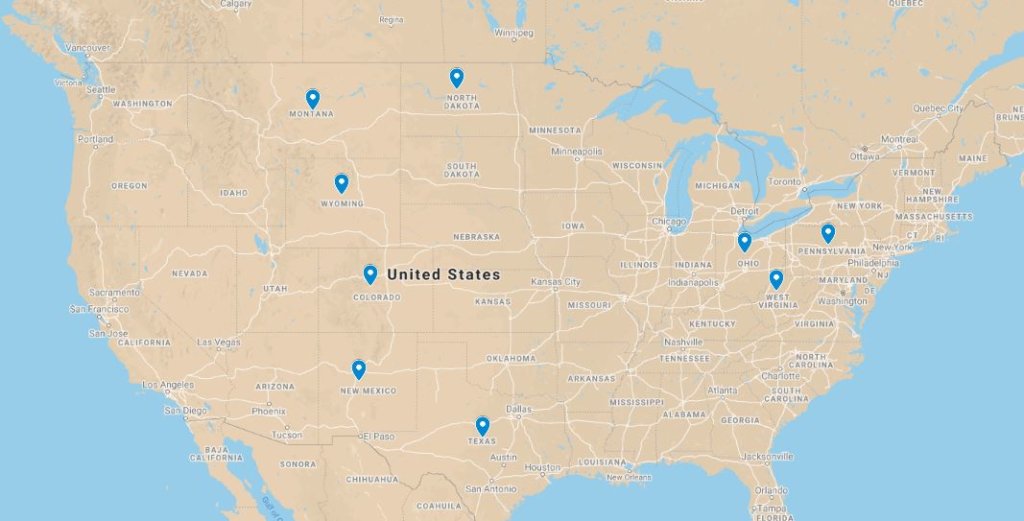Where extensive oil and gas activity is located close to state borders, there is scrutiny of state definitions and regulations. Use the interactive map above to view the Waste Acceptance Criteria and the Dose Threshold Below Which Waste is Exempt.
TENORM in the Oil and Gas Industry - Update
Regulation of risks associated with radioactivity encountered in oil and gas operations unfortunately in many cases entails a hodgepodge of state and federal agencies. Even the term technologically enhanced naturally occurring radioactive material (TENORM) is not consistent across state and federal agencies (see Table 4.2), with some states yet to develop regulations. When one asks whether there is a risk to exploration and production (E&P) workers, the answer of course is- it all depends. Risk assessment has many measured or modeled parameters, safety factors, and assumptions. Just measuring potential dose to workers is complex, and few studies have been conducted to answer this question. In 2015, the Pennsylvania Department of Environmental Protection (PA DEP) commissioned one of the most comprehensive TENORM studies with oil and gas development. That study indicated low worker exposure at well sites and pads; however, in some cases, high radium levels were observed in flowback water. Approximately 25% of the TENORM sludge exceeded DOT Class 7 limits. These data point to the potential in some cases for additional steps to properly dispose of sludge and wastewater. Thus, other states and organization have initiated additional work to look at these waste streams. The Wyoming Department of Environmental Quality (DEQ) has just initiated a study that will focus on TENORM associated with oil and gas wastes, and Montana has been working on a TENORM limit for landfill disposal. The National Council on Radiation Protection and Measurements (NCRP) recently (April 2020) published a commentary on naturally occurring radioactive material (NORM) and TENORM from the oil and gas industry that recommends national environmental and radiation-safety guidelines for management of this waste. Their recommendation calls for dose assessments, institutional controls and practices, risk management, and worker communications. The NCRP commentary advocates the use of the performance-assessment process for land disposal. Where extensive oil and gas activity is located close to state borders (see Interactive Map above), there is scrutiny of state definitions and regulations. Look for continued work by state and federal agencies as they work toward acceptance limits for land disposal and possibly a national consensus with the current patchwork of TENORM regulation.


